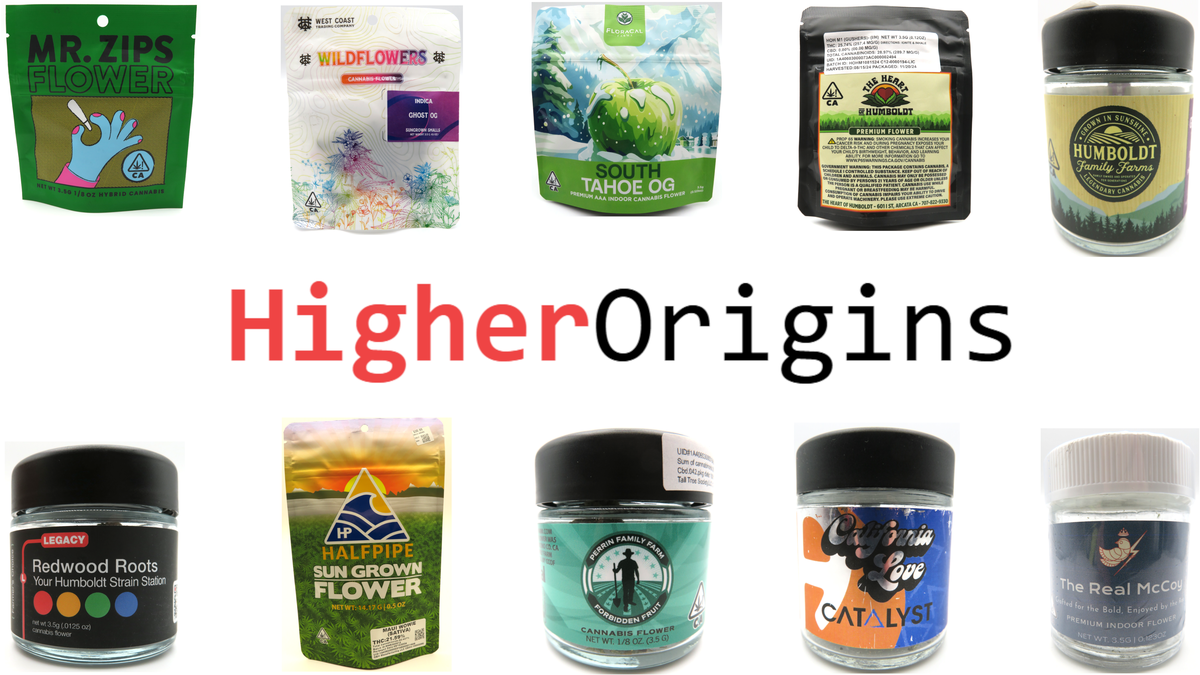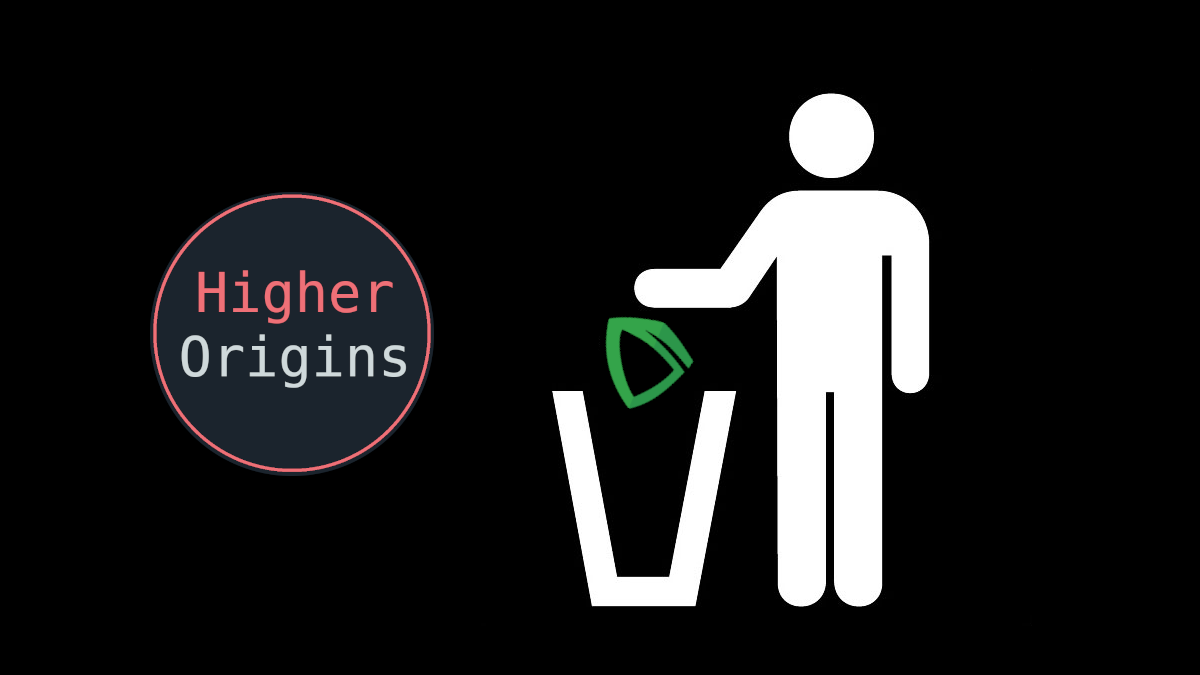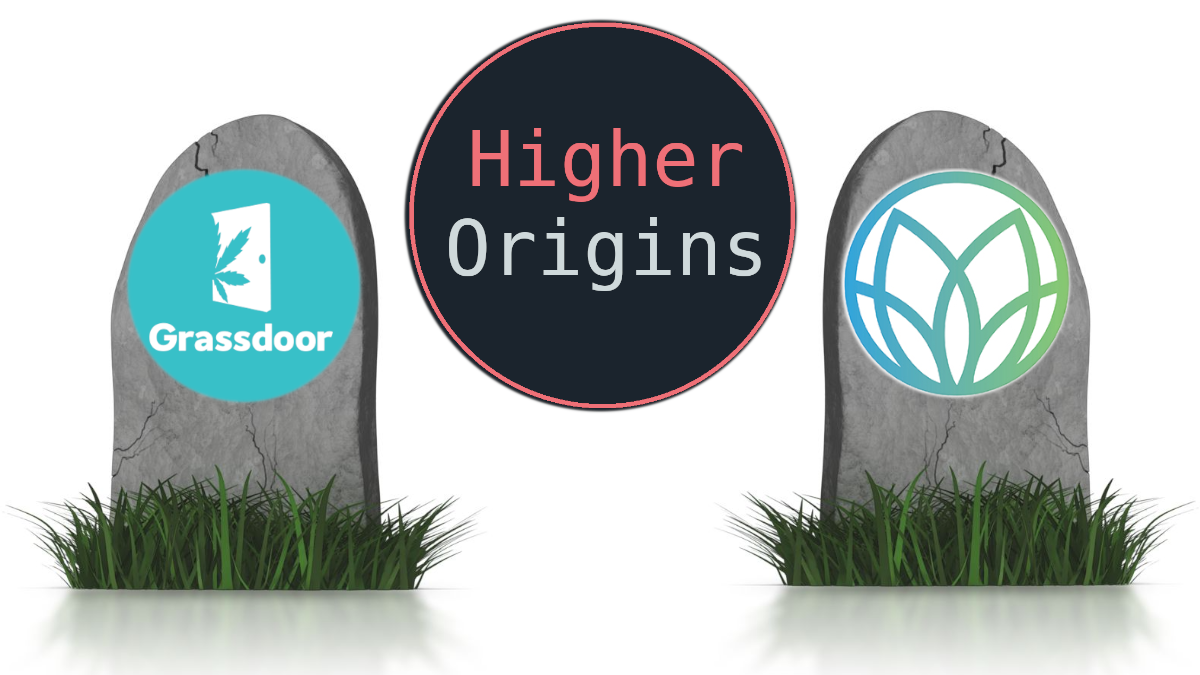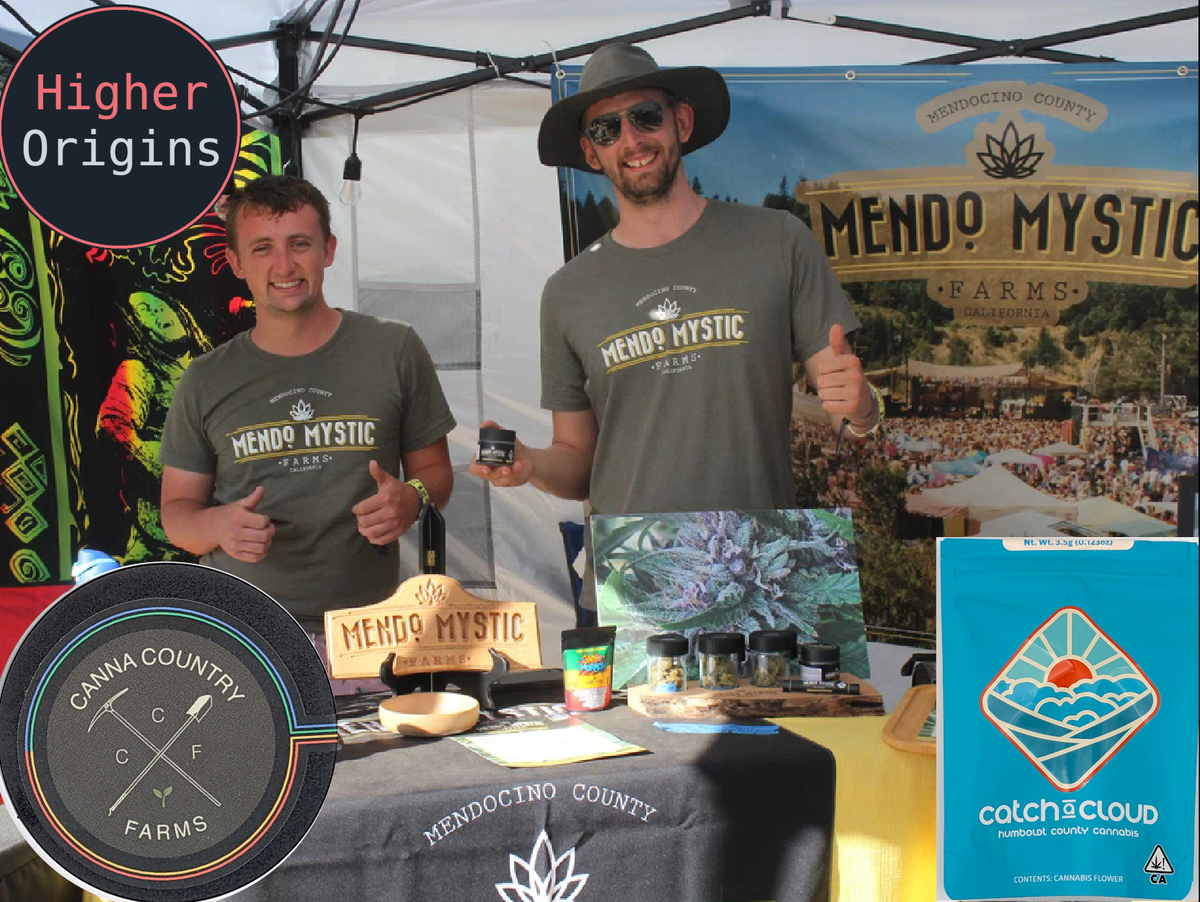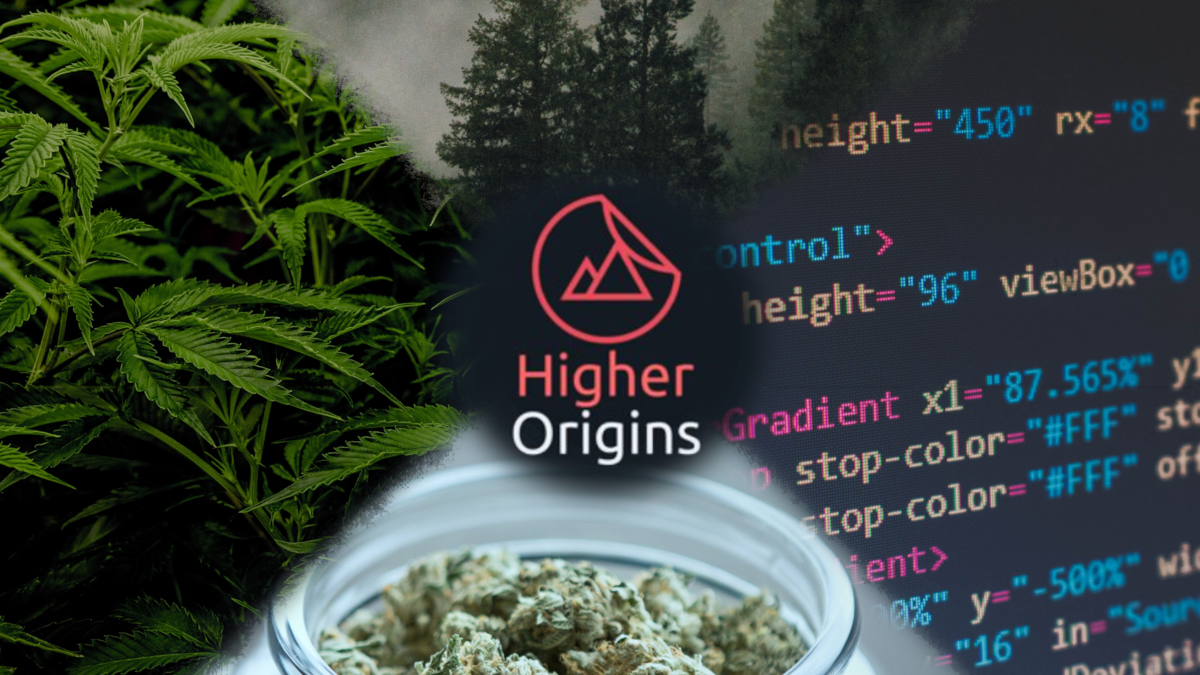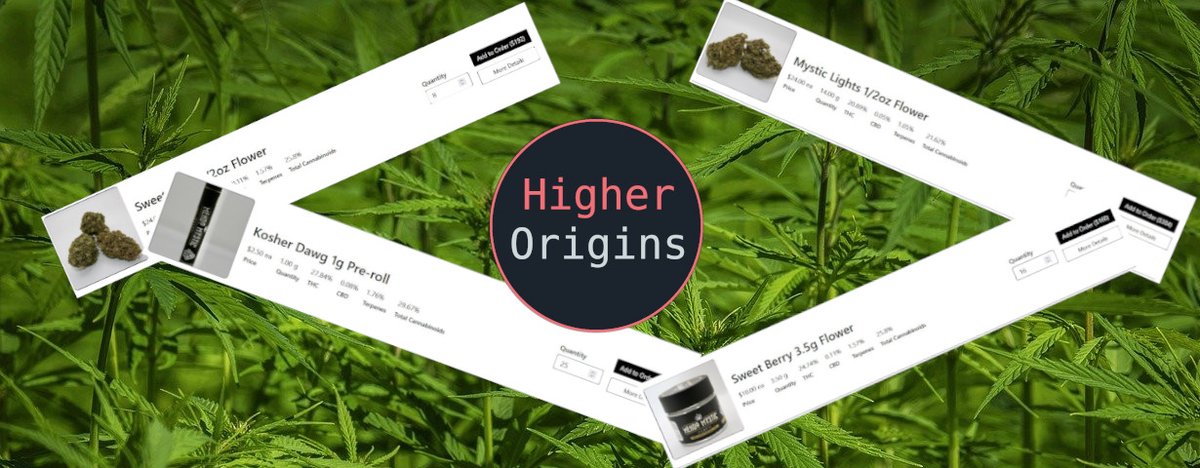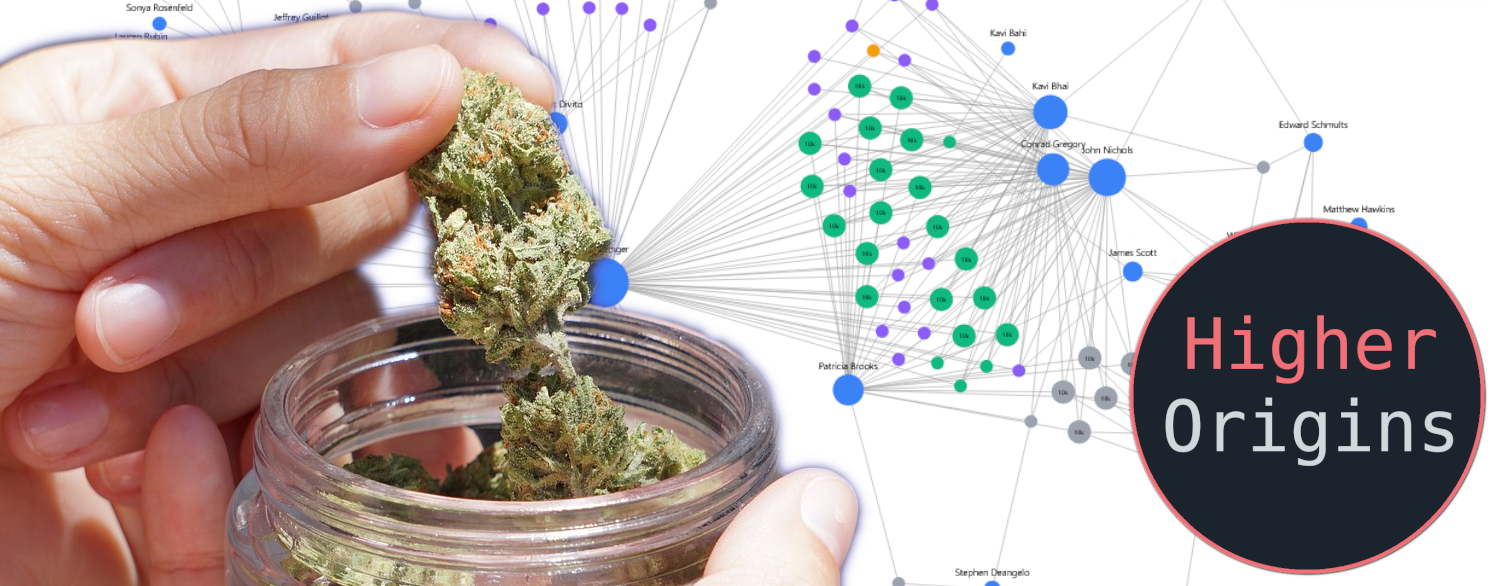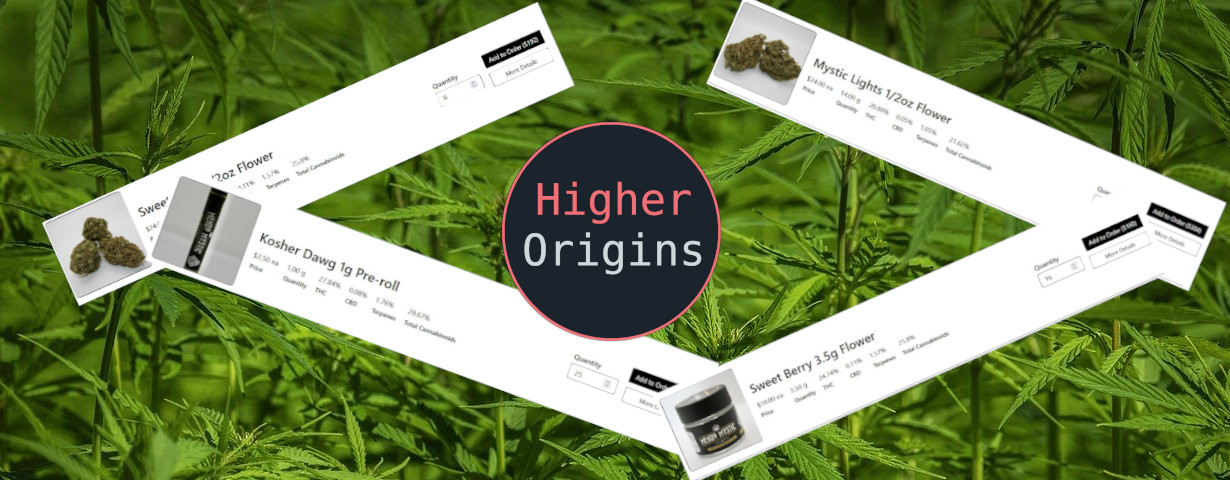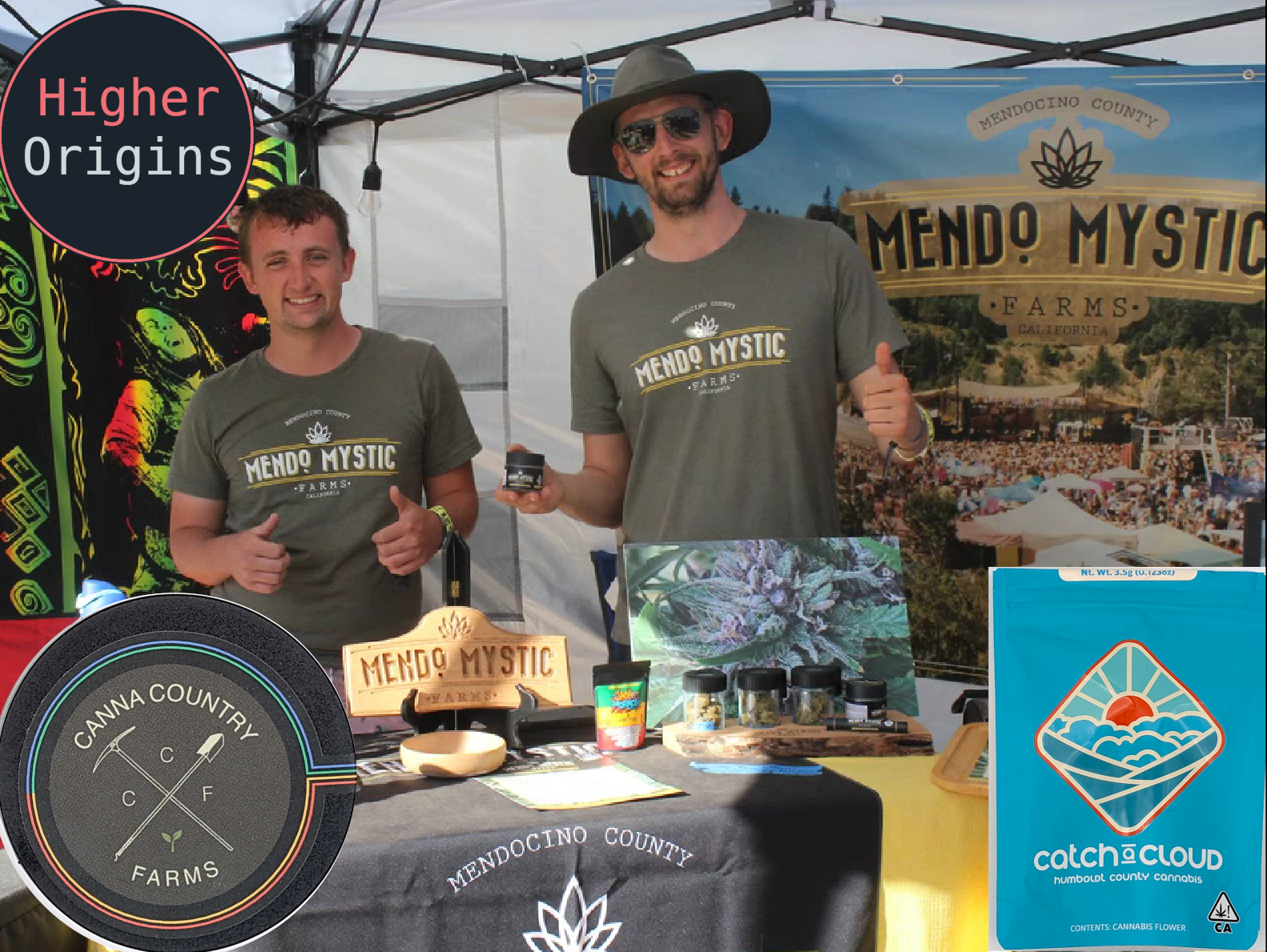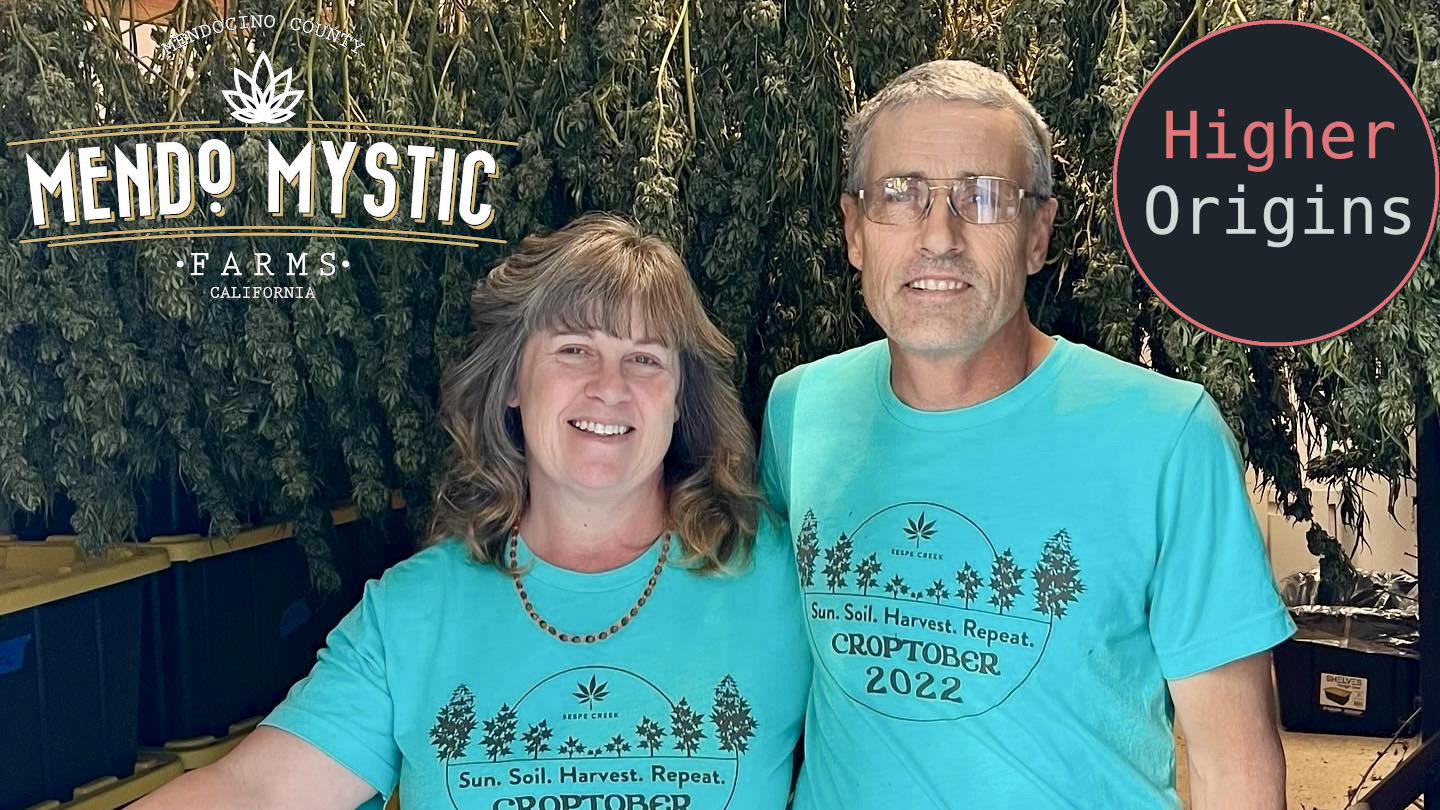Harvest is here, and while our users have been hard at work trimming and packing, we’ve been hard at work improving our platform to better serve the cannabis community going into the winter sales season. In this article we want to show off some of the main changes and new features we’ve added. At time of publishing, these features will still be on our alpha branch for final testing, so certain things may still be unfinished. In the next few days as we finish building everything out, these changes will become the new face of the Higher Origins platform, accessible through www.higherorigins.com just like always.
Please check this out and let us know what you think! Your opinion matters- this platform is built for YOU!
Please send any feedback to us on LinkedIn, or at [email protected]
Terpene Profiles
Terpenes are the key to what defines a strains' effects and taste. We’ve always struggled with the concept that in the California system, a strain can be whatever someone names it, even if it has a completely different terpene profile. To help bring some clarity to the issue, we’ve integrated terpene profiles into our platform, allowing users to search for products containing certain terps, or comparing the profile of a product to another. Terpene-based features will be expanded throughout our system as we grow, but here is what we have built so far:
We have used our data on tracked strains to determine profiles for known strain varieties and created a display page for these varieties, showing their top terpenes by average content.

All tracked strains are listed on their own display page, likewise with their top average terpenes.

Distribution Tools
As we’ve expanded our user base and begun to build our network of partnerships to get our user’s product to market, we have come across some ways that we can improve track and trace workflows for distributors. Our main focus for these tools has been to make it so that the order department for a distro can process orders directly from the known compliant inventory in a standardized format through a shared interface with other people in the business, without having to double-handle order forms or perform extra data entry. One of our priorities has been to standardize the naming and sourcing information for products in distro, since METRC’s control of product naming and searchability is terrible and allows for non standardized naming of identical products. Additionally, we’re focusing on simplifying transfer preparation as much as possible, to make sure that all the correct information is added to the manifest consistently.
Regions
In an effort to help people answer the question “Where is this weed from” we’ve expanded our public region pages to allow people to learn about the counties of California and their respective cannabis industries.
Every county page has an Overview tab containing a brief description and a list of the most recently changed licenses in that county, which link directly into the License Explorer

Each county also has an Insights tab which shows the overall trends of licensing and cultivation square footage for that county over the past 2 years, in filterable graphs

Any Products or Farms in that county that are being tracked by Higher Origins will be listed on the Products and Farms pages.
License Explorer
We spend a lot of time digging around the DCC Unified License Search page and analyzing their data. This data powers most of our analytics, and can be incredibly useful for people in the industry to get a better understanding of the market. The problem is that this data is presented in an Excel-crashing 18,000+ line CSV file, and requires some spreadsheet wizardry to extract actionable info from. We’ve gotten tired of it, and we know a lot of people out there are as well, so we’ve built a full browser tool that allows you to search this data more easily, for free. The taxpayers already paid for this data, and the State didn’t feel the need to make it easily accessible, so we’ve done that job for them
Allows browsing of all active and inactive licenses in California.

Provides context to all licenses, including the scale of the county industry in which they are located, important dates, and licenses that are potentially related via owner or name.

Allows you to quickly understand the current state and scope of any licensed cannabis business in the state.
Staff Training Quizzes
As we expand our network into retailers around the state, we want to be sure that retail staff who are selling Higher Origins tracked products have all the information they need to accurately inform consumers. To address this, we have built out a simple, easy to use quiz tool that allows quick knowledge testing and training. Any retail staff member can log in and take the quizzes as many times as they want. We are still refining and perfecting this feature, but the core quiz function is there.
This tool prompts budtenders with both automatic and user-generated quiz questions about the products, brands, and strains in the store’s inventory, allowing them a low-pressure way to enhance their knowledge to better serve the customer.

Owners can write their own questions, specific for their business, in addition to the system-generated questions.
The quiz is designed to only generate questions based on the stores Higher Origins tracked inventory, via their METRC data.
Overall UI and Code Update
(Mild nerd alert!)
Initially, we built Higher Origins using a framework called ReactJS using a meta-framework called NextJS, which allowed for fast prototyping since it allowed for what is called a fat client, and a thin server. Effectively pushing as much logic and data handling to the client (website), while keeping the server (cloud computer) as minimal as possible. The perceived value was to enable for as much client side caching as possible, and build a robust API (Application Programmer Interface) that could handle anything you could throw at it. In reality it’s led to large Javascript bundles that have become bloated leading to a slower experience, and ultimately an inefficient situation where we were having to repeat business logic both on the server side and the client, and we were getting tired of it.
That brings us to today, and we’ve completely rebuilt Higher Origins from the ground up with a greater understanding of how we’re looking to fit into the industry. We’ve picked a technology stack to compliment our goals of providing a robust experience as a small team. Our server is written 100% in Golang, a language developed at Google known for its simple but powerful concurrency model, and generally incredible tooling around web servers. We’ve also moved to dedicated servers rather than relying on the serverless cloud provided by Amazon Web Services due to the additional startup cost that generally makes the initial load time much slower than a server that’s already up and running to serve your request. Our approach is to use tried and tested HTML that’s been around since the beginning of the internet, which allows for the greatest compatibility for those older devices that have been hanging around the farm office for the better part of a decade. With this very simple change we’ve managed to make the homepage 22x smaller to download, and 18x faster for the initial page load (tests made on a Macbook Pro, using Starlink internet, on the farm in Willits CA.)
Now some of you out there might be wondering if what we’re doing is actually a downgrade, going from a framework developed by one of the most influential companies to a technology that has stayed relatively the same since the 90s. That’s where our newest addition comes in: HTMX, a relatively new small framework developed with the mindset of extending HTML to provide rich client experiences without the cost of sending over 1MB+ of Javascript just to render the page. HTMX adds just 12 core HTML attributes to drive client side interactivity to the server. What do we mean by that? Traditionally with a server that serves HTML, you’re required to have full page reloads to bring in new content and this limits your interactivity to just page routing and basic forms- a long way from the interactive applications that most everyone uses today. However, with HTMX, we’re able to send small snippets of HTML that are generated on the server, and intelligently swap them on the client. For example, switching between the Regions Overview, to the Insights tab, instead of refreshing the whole page, we only send the small amount of HTML that needs to be changed when you interact with Higher Origins. This keeps the data closer to the server, allowing us to remove duplicate logic from the client and server side, since now the server drives the state of Higher Origins. All this leads to a much more dependable experience in a cleaner and more elegant way. As they say: Keep It Simple Stoner.
We're stoked to be able to bring these features to our users, and there is more on the way, from small refinements, to full feature sets! If you're interested in any of these features and are a California licensed cannabis business, consider Joining Higher Origins, or if you'd like to help us pay the bills, you can become one of our Supporters!
You keep trimming, and we'll keep building!
-The Higher Origins Team


